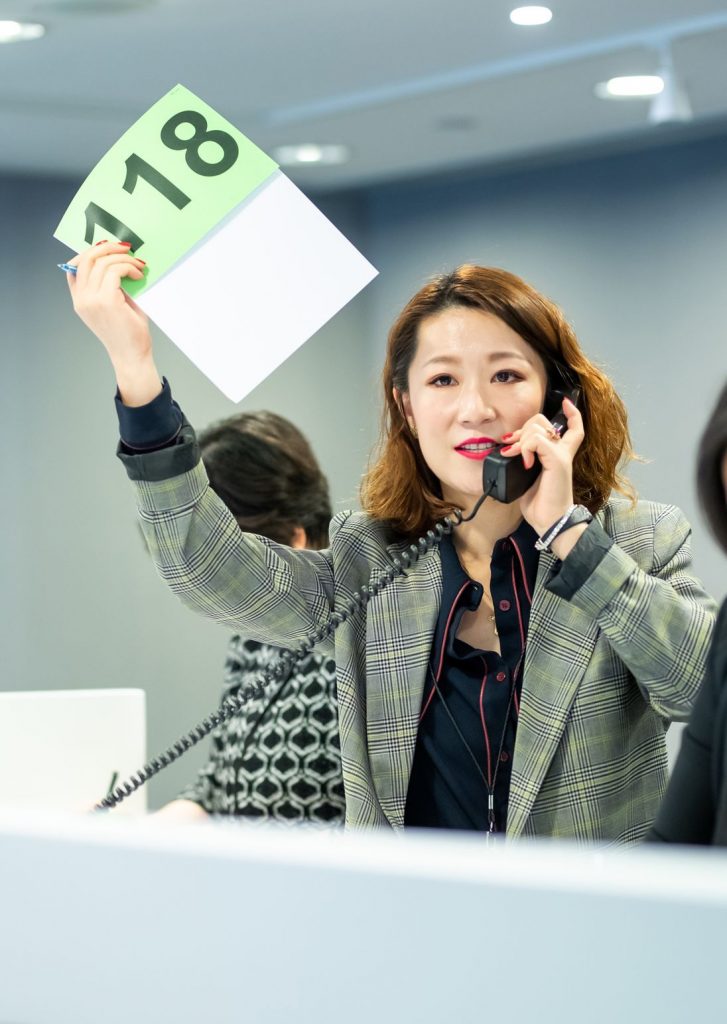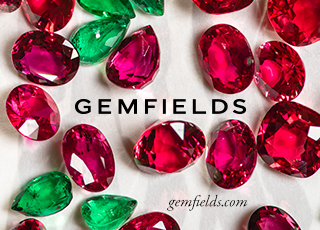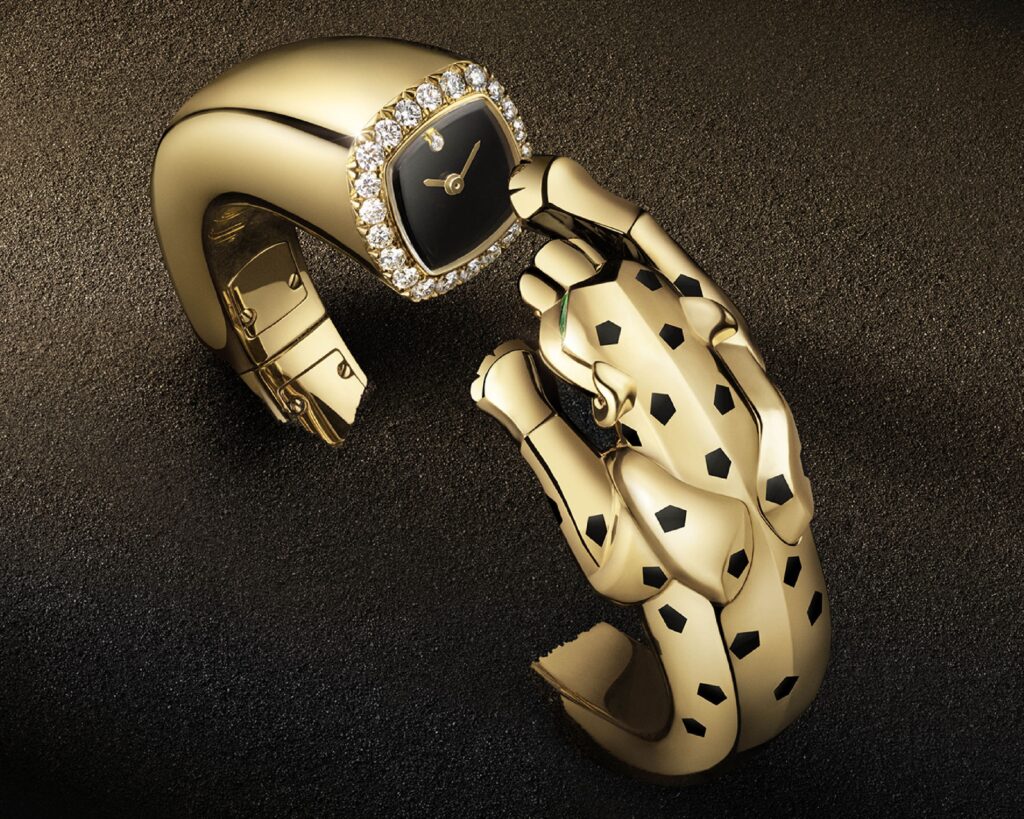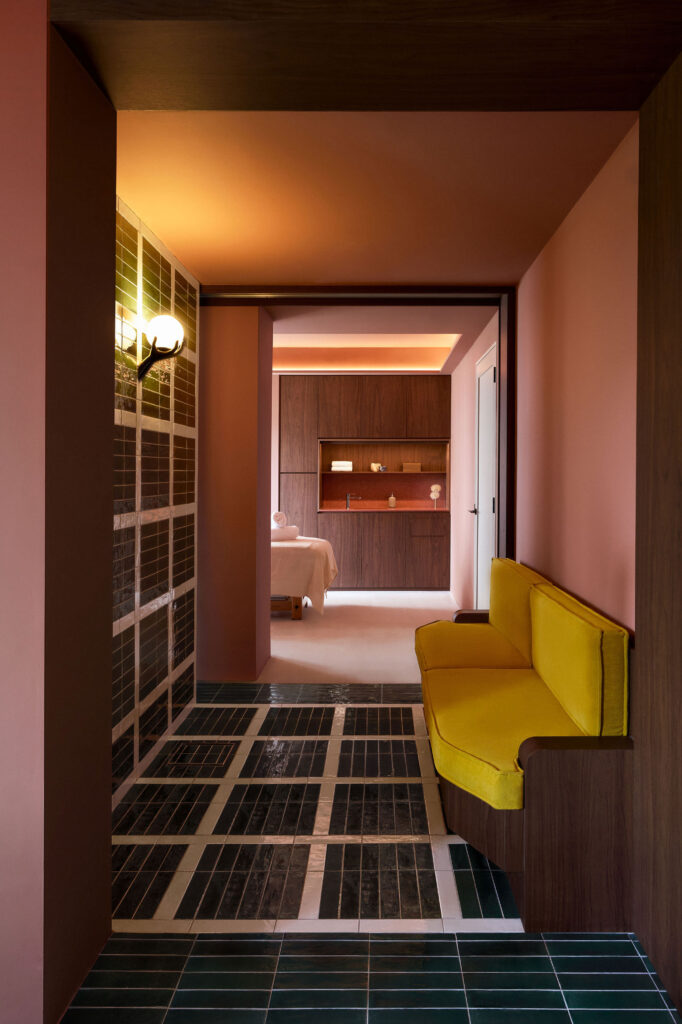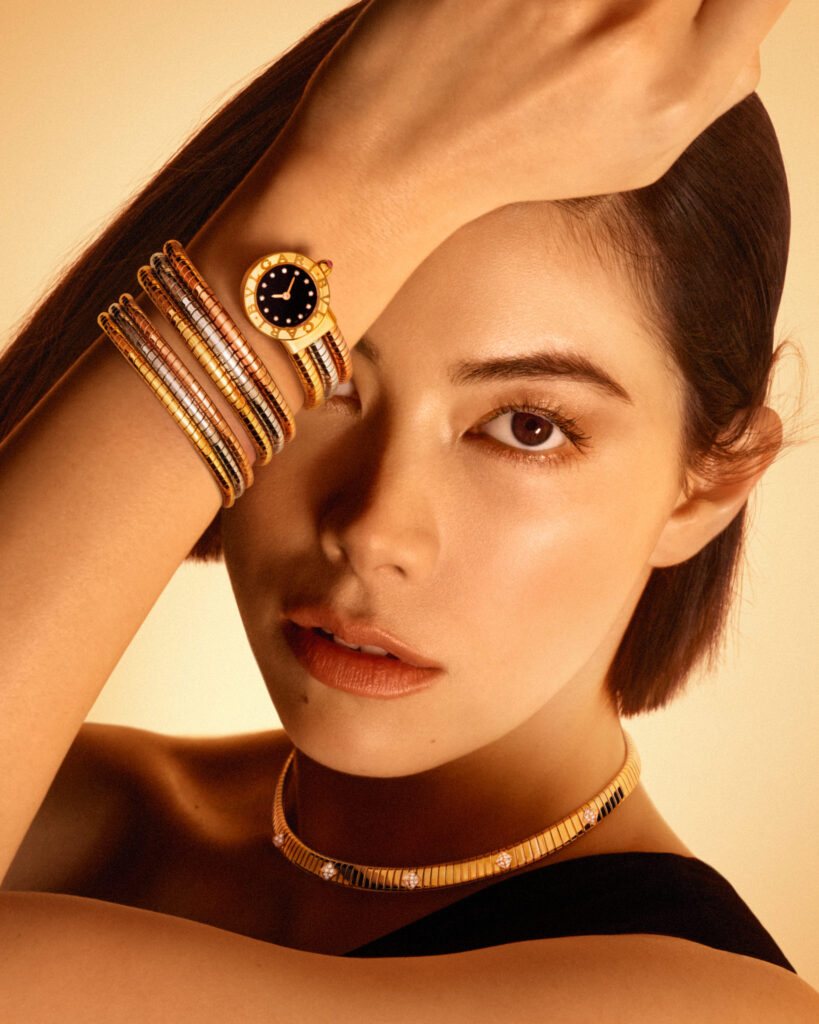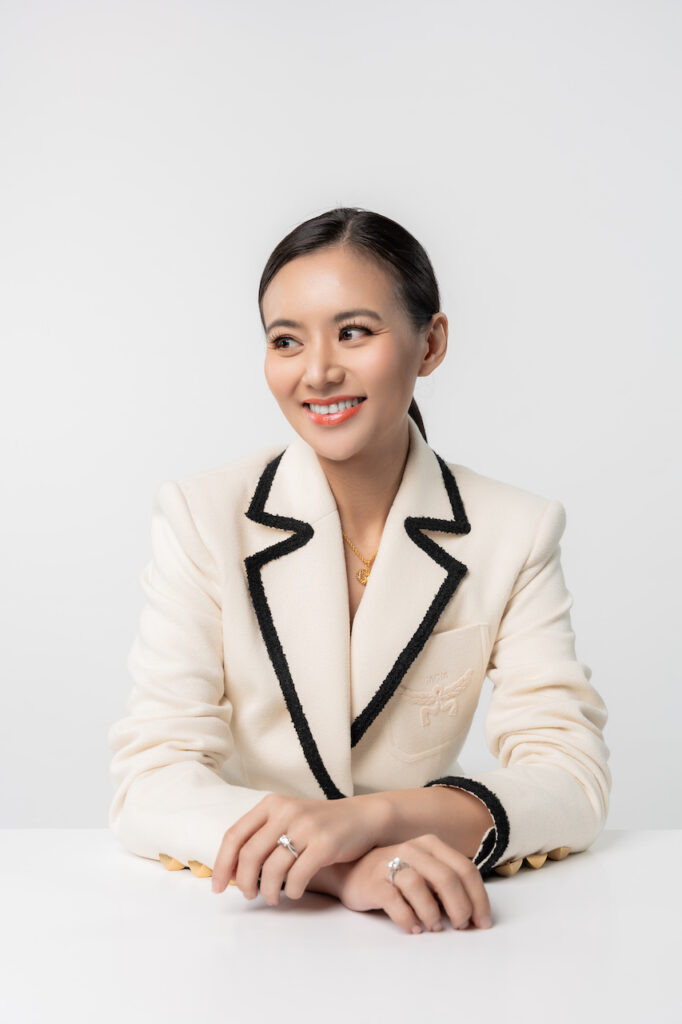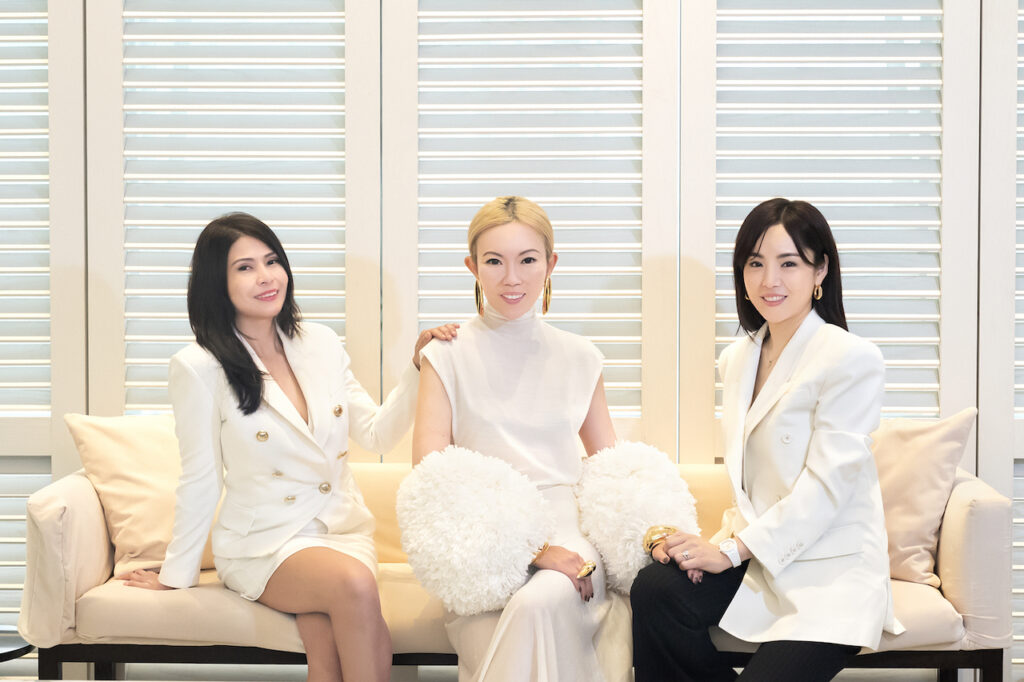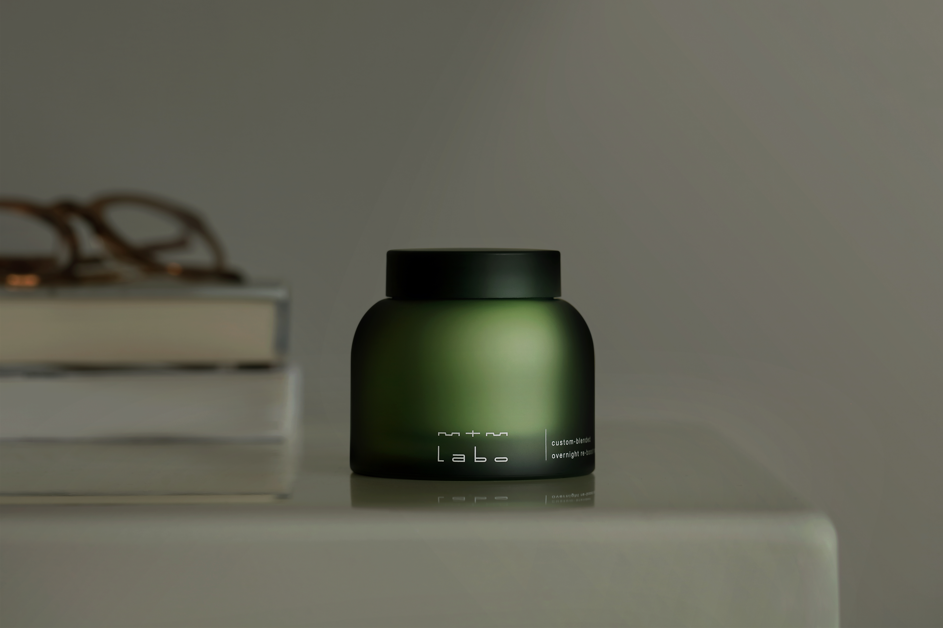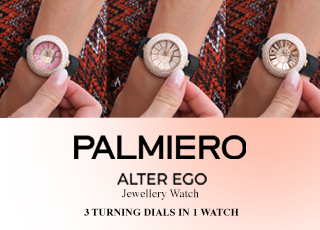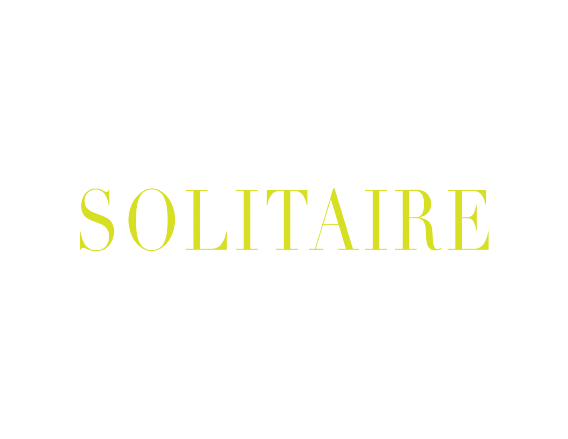
How did Connie Huang, a former advertising and marketing professional, become Tiancheng International Auctioneer Limited’s Head of Jewellery Department?
For Connie Huang, Tiancheng International Auctioneer Limited’s Head of Jewellery Department, looking back at her career as a jewellery specialist is especially interesting. Not only does it make her more aware of her deep fascination with history, fashion, and vintage items, it also reminds her of the surprising journey she has been on.
“Prior to my current role, my work was advertising-related and had nothing to do with auctions or jewellery. It was a completely new adventure for me,” she recalls. However, she credits her advertising and marketing background for leading her to a marketing role at Tiancheng International, which was how she discovered her fascination for gemstones and jewellery.
Can you walk us through your career progression and did you know that your current role was something you were working specifically towards?
Jewellery has always been Tiancheng International’s focus and my journey began as soon as I joined. I worked closely with the jewellery department on marketing and PR campaigns and that’s how my passion for jewellery grew. I then took the Graduate Gemologist Program and after getting the diploma, I got a chance to enrol as a Junior Specialist in the jewellery team.
I enjoy my current role as I get to deal with many rare and exceptional jewellery and gemstones every day. I also think my marketing background is an advantage. Being a jewellery specialist is not just about using the knowledge and experience to garner the right pieces for an auction, but it is also about sharing and communicating with jewellery enthusiasts and potential clients the value of the pieces. My current role allows me to combine my background, knowledge, interest and experience. It has been 10 years now and I still treasure it a lot.
As you started working with jewellery in the early part of your career, what were some of the challenges you experienced? Also, what were some of the most exciting, memorable moments?
The most challenging part was getting the professional qualification while working simultaneously. However, I am privileged to work in an auction house where I get the chance to see a rich variety of gemstones and receive on-the-job-training where I could apply my gemology knowledge while gaining valuable experience.

25.79 ct colour changing Cobalt Spinel
As for the most exciting part of my job, it is handling some of the world’s most exceptional jewellery pieces and to witness some of the auction records. For example, the 25.79-carat natural untreated Sri Lankan colour-changing cobalt spinel ring which was sold for HK$ 1.77 million in 2015, setting a world auction record for colour-changing spinel. This spinel appears blue in daylight but turns purplish under incandescent light. It was once mistaken for a blue sapphire and had been stored in a private fault for over 50 years until the rediscovery of its original value.
Pop culture, specifically movies, portrays auctioneering in an exciting way – dealing with expensive art and jewellery, as well as people who are fighting to outbid each other. How much of this is true?
Auction houses are the major gateways for collectors to acquire valuable and collectable art and jewellery, which often come rare in the market. The rarity attracts keen interests among savvy connoisseurs. Sometimes when several buyers bid over a particular lot, the furious bidding scene does happen! It is one of the most exciting and intense moments at auctions.

Can you tell us how a day in your working life is like?
I’d rather say that my working life is in phases when it comes to preparing for an auction. We usually have our Spring auction by the end of May and the Autumn auction by the end of November.
It usually takes half a year to prepare for an auction, starting from traveling around the world to meet potential sellers for appraisals, which takes about two months, followed by another two months on catalogue production, which includes photo shoots, editing, layout, and colour-proofing. Soon after the catalogue is sent to press and delivered to our clients, the promotion work begins, followed by a series of pre-sale events and press conferences. Finally, the time comes for viewing and auction where I meet my clients and collectors to help them find the ideal pieces that fit their budget and preference.
In the years you’ve spent at Tiancheng, would you say that the allure of vintage jewellery is gaining traction among a younger audience?
Over the years, I see a growing appetite for vintage jewellery, particularly among a younger audience. It is noticeable that some styles like Art Nouveau and Art Deco jewellery perform better because they are more versatile than other styles. For other collectors who focus on high quality gemstones, vintage jewellery is an alternative source for them to garner rare and exceptional stones as these gemstones dwindle by the year.
In your opinion, what qualifies as good vintage jewellery? What do you look out for and how much weight does a brand name carry?
Every piece of jewellery has its own story. A vintage piece is particularly imbued with history of provenance. Jewellery with good provenance usually comes with a story and this is the part that enhances the piece with additional value, making it more desirable to collectors.
A piece with a strong imprint of a certain style of the era is also worth collecting. Signed pieces are more valuable in general as pieces by notable jewellery houses and makers represent quality and craftsmanship. Brand and signatures are kind of the hallmark of excellence that gives confidence to connoisseurs to acquire the piece. The delicate workmanship of the brand cannot be duplicated, which adds value to the jewellery as well.
Are there any upcoming jewellery pieces up for auction that you are excited about?
Among the array of dazzling pieces that we have garnered for the forthcoming auction, I am most enticed by the 10.25-carat natural unheated ruby ring from the fabled Burmese Mogok mine. In recent years, Burmese “pigeon’s blood” rubies have been increasingly hard to come by. This piece has been certified to possess the most desirable “pigeon’s blood” colour by American Gemological Laboratories (AGL), GemResearch Swisslab (GRS), and Swiss Gemmological Institute (SSEF), making it an exceptional treasure.

10.25 carat Natural Unheated Burmese Mogok “Pigeon’s Blood” Ruby and Diamond Ring
Another piece that I am excited about is a black onyx and diamond ring by Tiffany & Co., centring a cushion-shaped black onyx weighing approximately 8.00 carats. This Jazz Age-inspired ring comes from The Great Gatsby Collection created specifically for the film The Great Gatsby in 2013. Based on designs from the jeweller’s archives, this is a stunning piece that exemplifies epochal wealth, luxury, and privilege of the 1920s.
For those who are looking to purchase jewellery from an auction house for the first time, do you have any tips for a rewarding experience?
It is a wise choice to start a collection by buying jewellery from auction houses. As a third party platform, auction houses offer a diversity of jewellery to potential buyers. We provide professional advice and service for clients too. Speak to the specialists and ask questions. You will get useful information that will help you understand the value of the pieces before buying.
Also, I always encourage people to read the catalogue and go to the viewings where you will see the actual pieces, helping you identify the style you like. After all, when it comes to buying, always follow your heart. Consider your preference before other factors such as investment value or trend.

